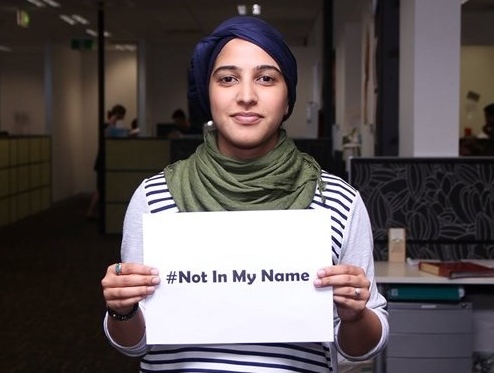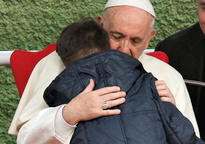
Good, and Bad, Priests
My best friend – after my wife and kids – is Father Gerald Waris. We’ve been friends for at least 72 years when his family moved in “across the alley” from mine.
We attended elementary school together and played together in the neighborhood. We went to high school together, then college, then a Catholic seminary. During several summers, we worked together at a brewery. We were ordained priests on the same day.
After six years as a priest, I asked for a dispensation from my priestly promises but have never regretted my seminary education, my time as a priest, my leaving the priesthood nor, of course, my friendship with Gerald. He remained in the ministry, faithfully serving in over a half dozen parishes.
He is now retired but still busy serving others. He celebrates Mass in several parishes – providing homilies that are honest, humorous and meaningful. He performs weddings and funerals for the dozens of people who want “Father Waris to do it.” He is compassionate and generous, dedicating himself to raising money for poor communities in El Salvador he has visited annually for 20 years. He is a gift to humankind.
Painted with a Broad Brush
I’m writing about him because I believe that in the midst of continued publicity about priests accused of abusing youth, good priests like Gerald are being painted with a broad brush of acrimony.
Truth is, the vast majority of Catholic priests are like Gerald. Having been around them for a lifetime, I can honestly write that – like most ministers and rabbis I have known – priests are among the most selfless, dedicated of people.
They aren’t perfect, of course. Like all of us, they are flawed, and serve a flawed church. I’m not surprised that a very few – even though when you stretch the numbers over several decades it seems like many – have betrayed their vocations.
Still, I feel ashamed and embarrassed to read or listen to news about such accusations. I don’t blame the media for reporting them. It’s their job. But I do blame them for their lack of perspective.
An Attempt to Justify?
I understand that for many people, placing such reports “in perspective” is an attempt to justify or diminish the guilt of the accused. For many, it seems, nothing short of the firing squad will do for anyone accused of such crimes. And for people of ill will, there’s no such thing as a “good” priest.
So what constitutes perspective? Answers to these questions, which should be part of every story about abuse, are a good start:
What percentage of priests have been accused?
When are the incidents alleged to have occurred?
What, if anything, is the church doing about them?
According to the only exhaustive study about Catholic clergy abuse, the 2004 study by the John Jay School of Criminal Justice of the City University of New York, about 4 percent of Catholic clergy in the U.S. have faced such accusations.
It’s important to note that these are accusations. The majority of accused priests are dead and can’t defend themselves. On the other hand, the number may be higher because of the reluctance to report incidents of abuse.
A Historical Problem
Secondly, the John Jay report found that “the ‘crisis’ of sexual abuse of minors by Catholic priests is a historical problem. The count of incidents per year increased steadily from the mid-1960s through the late 1970s, then declined in the 1980s and continues to remain low.”
As for what the church is doing, in its 2002 general meeting in Dallas the U.S. Conference of Catholic Bishops approved the Charter for the Protection of Children and Young People. Its major mandates for all American dioceses include zero tolerance for sexual abuse against minors; mandatory reporting to civil authorities; the creation of review boards in each diocese; no secret financial settlements; and a variety of directives to help victims heal.
Few other institutions have taken such comprehensive steps, and they have paid off. Very few such crimes have occurred since then. The “typical” priest is in the mold of Father Gerald Waris.




